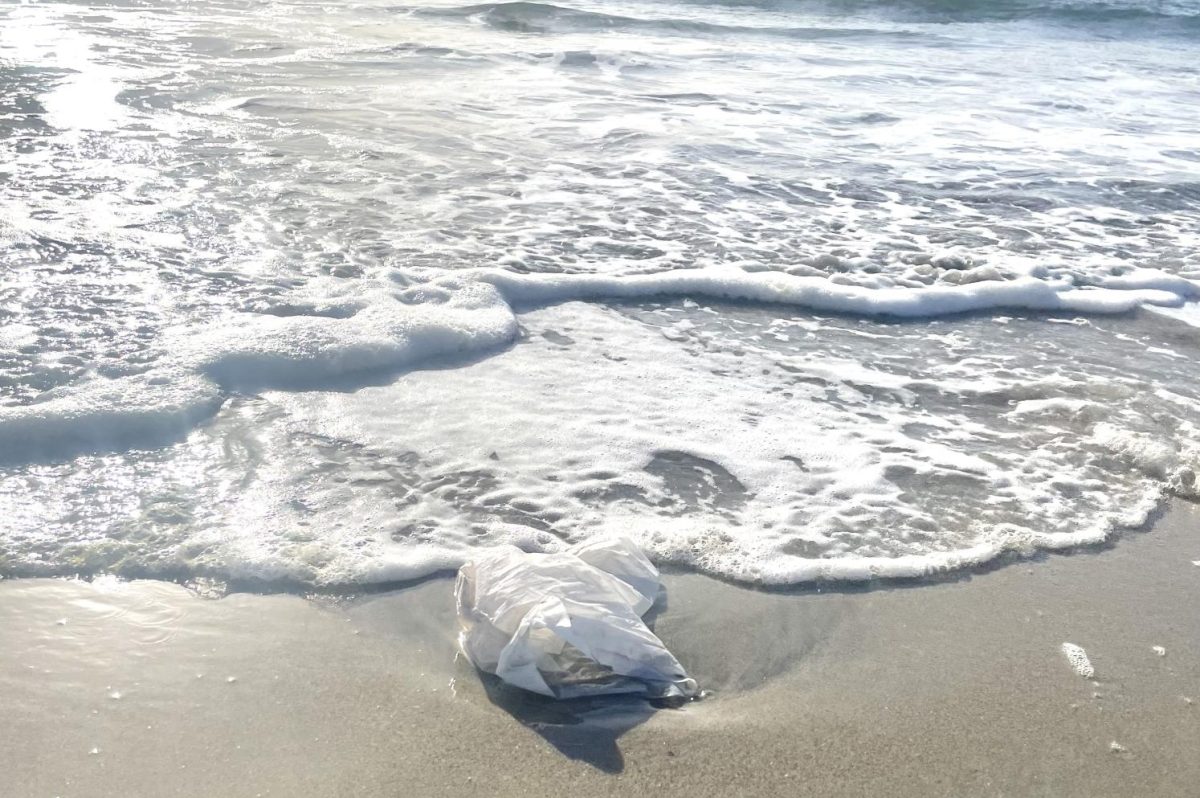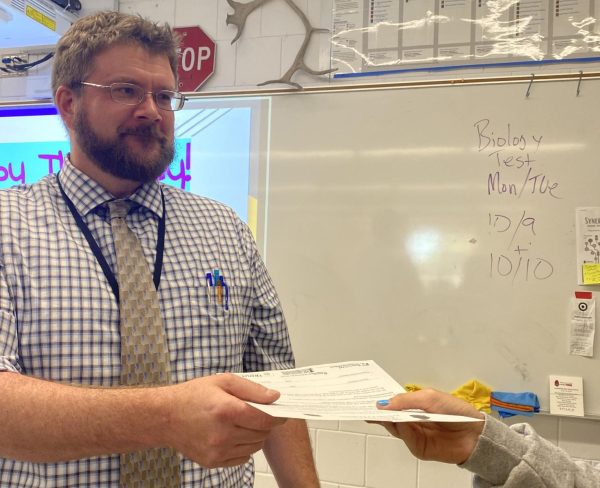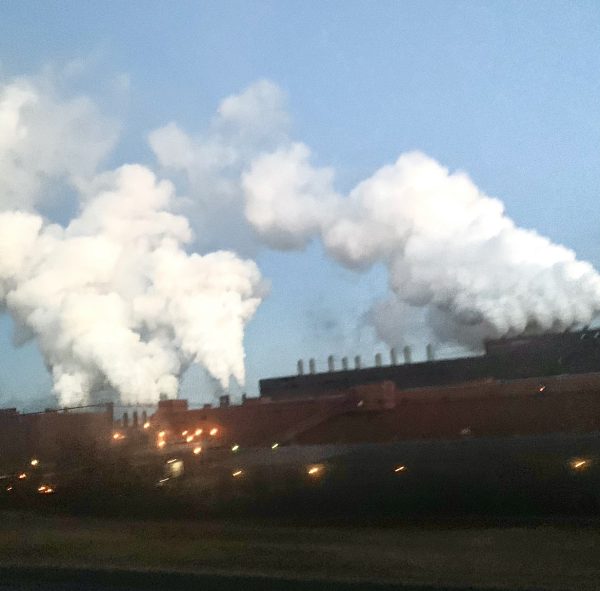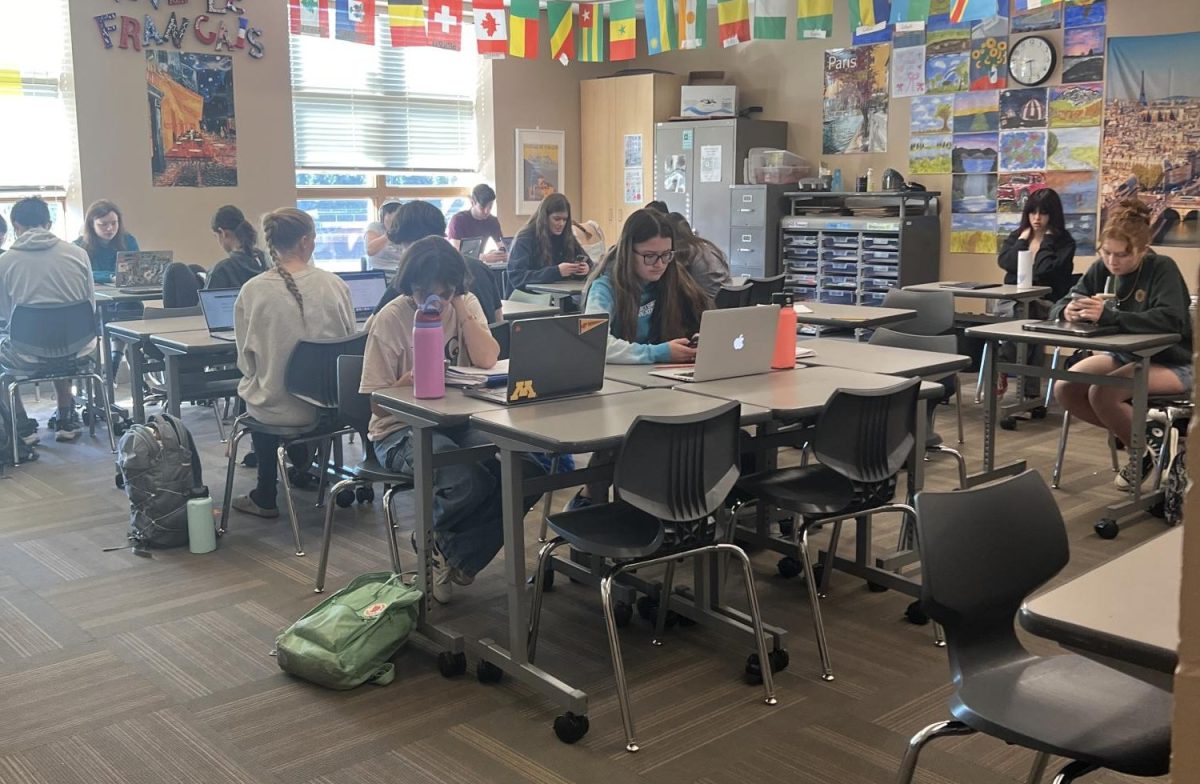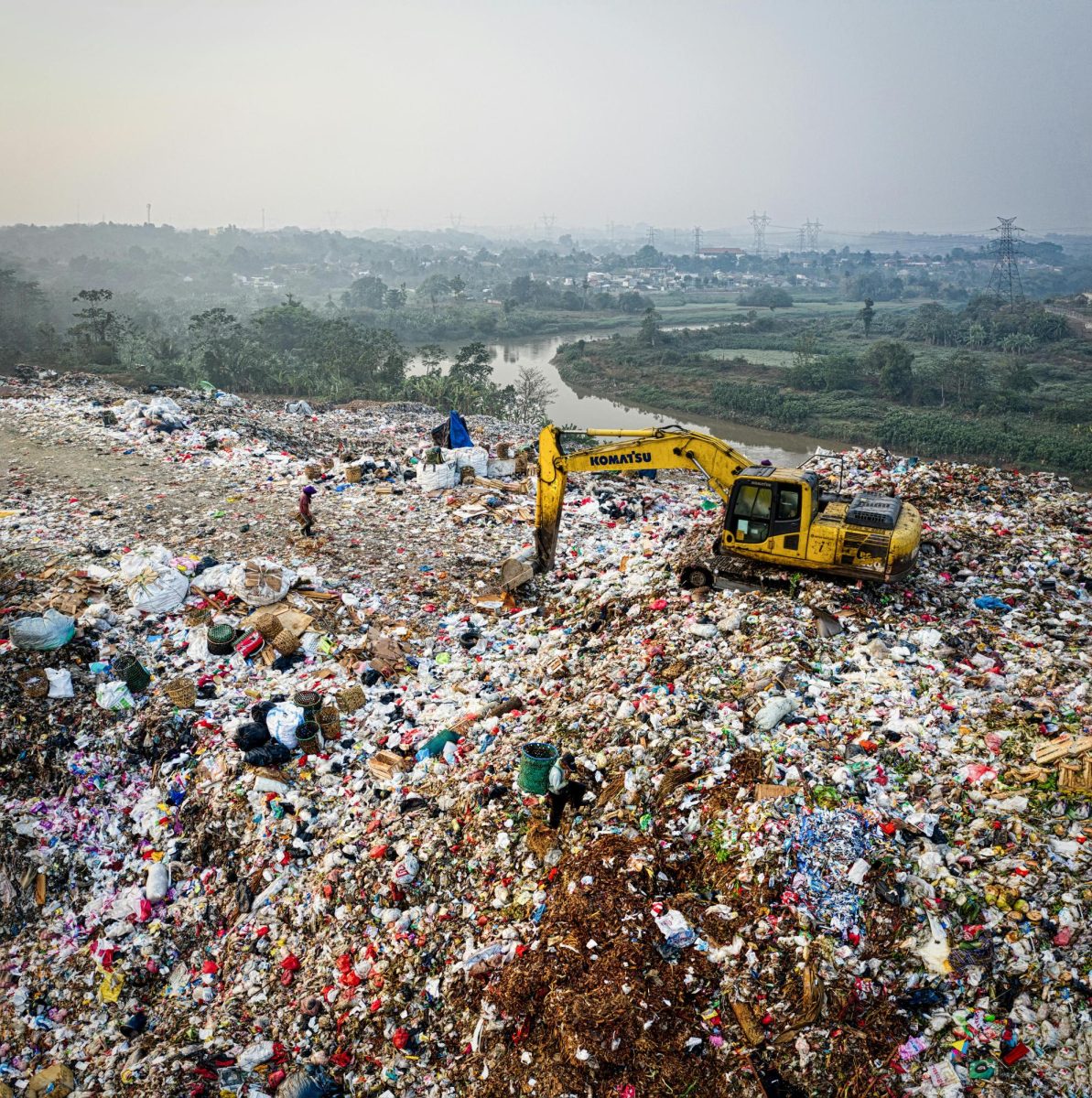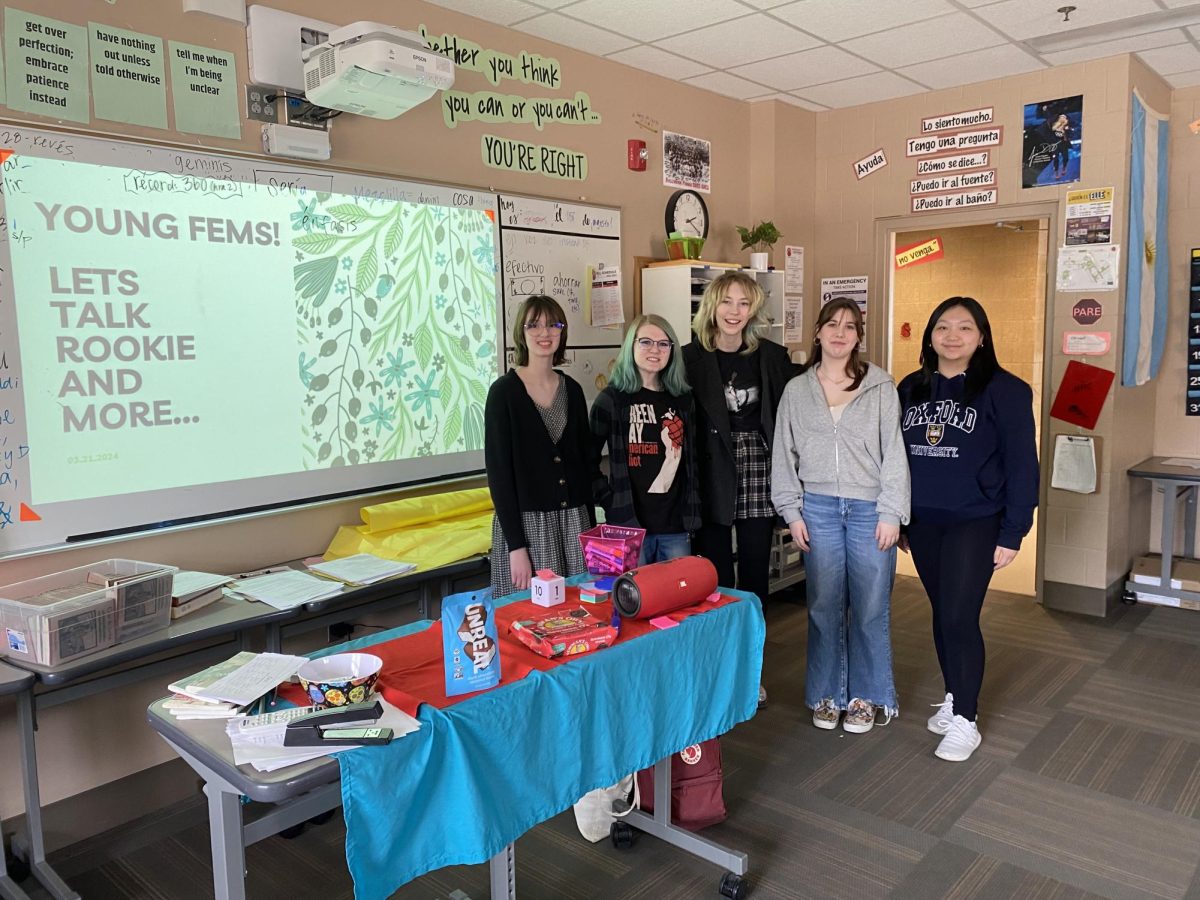In the heart of supermarkets, a silent invasion is taking place. Wrapped in deceptive convenience, overprocessed foods and single-use plastics have joined forces, weaving a tangled web that strangles consumer bodies and the very planet itself.
Ultra-packaged and ultra-processed products are creating both waste and waist. In supermarkets, a battleground of choices has emerged. With few “safe” options, a harmful cycle of consumption continues.
These products thrive on convenience. For the consumer, over-processed foods appeal on many levels. The Washington Post explained that in the U.S. almost 60 percent of the calories eaten are from ultra-processed foods. Price, mess, taste or time are often reasons for purchase.
With most things, it all comes down to money. Food companies will do whatever it takes to sell the most product with the least production cost.
If it’s going to cost more to package something more environmentally friendly, corporations will not make that decision.
— Peter Stenross
“If it’s going to cost more to package something more environmentally friendly, corporations will not make that decision,” biology teacher Peter Stenross said.
The same goes for the food itself, “maximizing profits by encouraging more and more consumption, all while externalizing the social costs of chronic disease,” the Union of Concerned Scientists explained.
In recent years, health issues have been found in consumers across the globe. The BMJ, “found that those who consumed more ultra-processed foods had higher risks of cardiovascular disease, coronary heart disease, and cerebrovascular disease,” Harvard Health illustrated.
This data is everywhere, “there’s even evidence of animals eating processed foods and evidence of health effects on them,” food science teacher Bryce Ellefson said.
It is not only the body that is at risk by over-processed foods. Wrapped in excessive single-use packaging, products destroy ecosystems. Microplastics have been one of the biggest threats, “as plastics break down in nature, they don’t decompose,” Stenross explained.
Because of this, smaller organisms will ingest the plastic particles until they make their way up the ecosystem.
“What we’re starting to see with microplastics is not only will the microplastics adhere to toxins in the environment, and then accumulate in organisms, but the plastics themselves are accumulating in organisms,” Stenross said.
This, in some cases, has ended back onto our plates. Seafood has been shown to contain microplastics due to excessive ocean pollution.
“Researchers do not yet fully know the effects of consuming plastic-contaminated seafood on human health. It may take decades to fully understand the effects of microplastics, since some might be cumulative, appearing only after several years,” Medical News Today explained.
Both single-use plastics and over-processed foods are known to be harmful. Still, many do not care enough to limit consumption.
“I don’t even read the ingredients really,” senior Eve Vang said.
This is often due to the amount of harmful products on the market. The Union of Concerned Scientists explained that 73 percent of food is processed in the U.S. Other options are difficult to find.
Over-processed and over-packaged foods affect everyone. While difficult, single-use plastic consumption should be limited. Awareness is the most important factor when dealing with these products. UN Environment Programme exclaimed that approximately 36 percent of all plastics produced are used in packaging. It is the consumer’s job to fight the superstore battle and resist the urge to buy.


